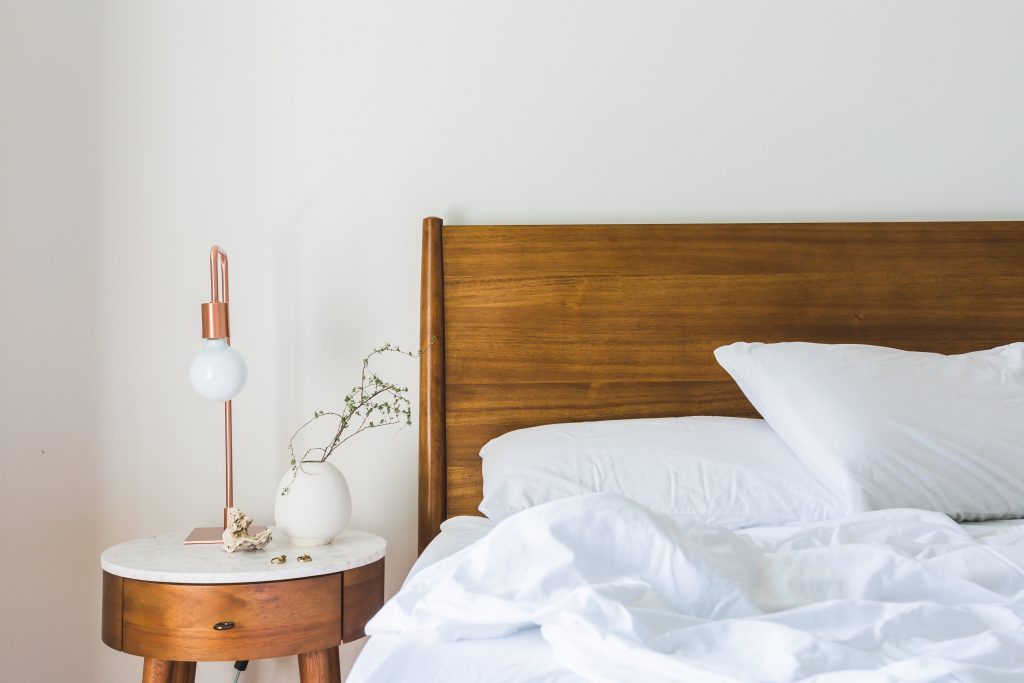
One-third of all British people sleep for just five or six hours a night, which is significantly less than the recommended seven to eight hours – according to The Sleep Council. Sleep deprivation and poor sleep quality not only cause tiredness; they are linked to a host of problems and conditions, including a higher likelihood of Type 2 diabetes, obesity, anxiety, depression, and even car crashes. We know that sticking to a strict bedtime routine and avoiding stimulating beverages are key to achieving good sleep. What many people aren’t aware of is the importance of optimal design on the quantity and quality of our sleep.
A Bespoke Bed for Ultimate Comfort
If you are getting the required seven hours-a-night but you still feel fatigued when you wake up in the morning, it could be that sleep quality is the problem. To feel truly refreshed, you need to have made your way through all the relevant sleep cycles – which is something you can’t do if you are constantly tossing and turning because of an uncomfortable bed. A Puffy mattress will support your pressure points evenly will enable you to sleep without waking up with back or neck pain. If you have an open budget, consider a custom-made bed that is large enough to sleep comfortably and stretch out in. Creative touches can be added in the colour and style of your headboard; opt for artistic quilting and hand-carved designs for a truly original bed. You can also play with height, opting for a low-level bed for an exotic feel or choosing a high, four-poster bed for a more romantic look.
Colour is King
Studies have shown that the colour of our interiors can have a powerful impact on our mood. The most calming hues are green, blue, and lavender. Try to avoid bold tones like red, orange, or fuschia (which are energising) and avoid sharp contrasts in colours and patterns. Uniformity is key when it comes to creating a sensation of being enveloped in tranquility. This means that soothing colours should be married to a clean minimalism. Bedrooms that are cluttered and untidy, and those which contain too many items of furniture, can provoke stress and anxiety – which is exactly the opposite of the tranquility that is key at bedtime.
The Ideal Layout
Try to keep all technological devices outside your room, so you can avoid the temptation of using them at bedtime. A study by the University of Houston has shown that artificial light from digital devices hampers sleep quality, making us more alert. Storage furniture should be positioned far from the bed and ideally, televisions should never be placed inside the bedroom.
Designer Blackout Curtains
To help us sleep in line with our circadian rhythms, a cool, dark environment is key. Gone are the days when blackout curtains came in a limited number of colours. These days, you can find a bevy of hues for this curtain type – everything from Hawaiian blue to cappuccino. Opt for solid colours rather than patterns (unless these are very light) for a uniform effect throughout the room.
Sleep quantity isn’t enough if you want to feel truly rested. A bedroom that is conducive to sleep should be cool, dark, and comfortable. If you have a limited budget, start off with a great mattress that supports your body evenly, stopping you from waking up frequently in an attempt to find greater comfort.





